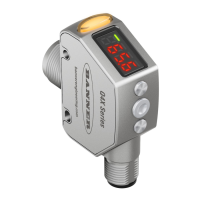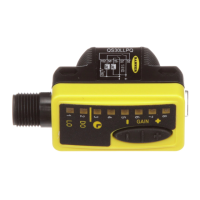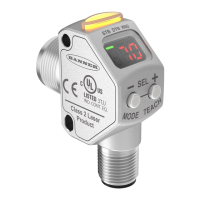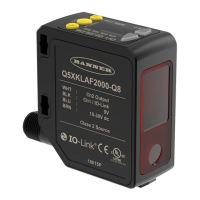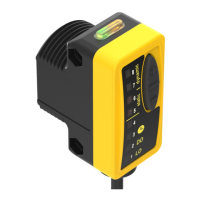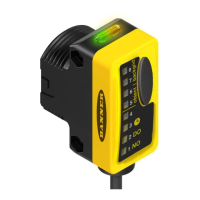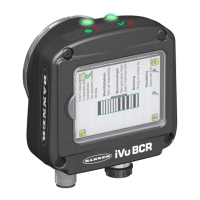What to do if the distance being taught is outside of the valid sensing range for Banner Q4XTILAF300-Q8 Accessories?
- BBrandon PriceAug 14, 2025
If the distance being taught to your Banner Accessories is outside of the valid sensing range, present a target within the sensor's specified range and then re-TEACH the device.


